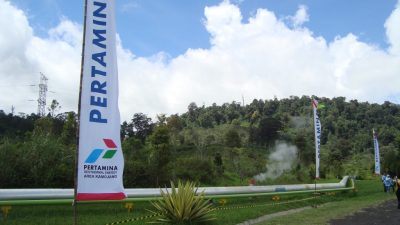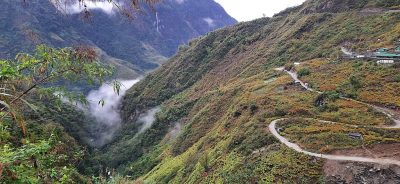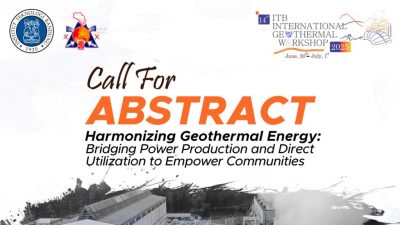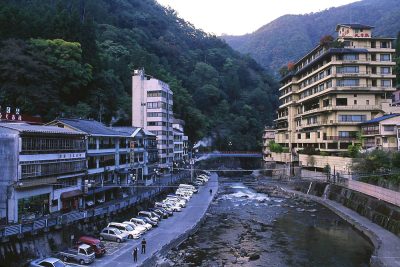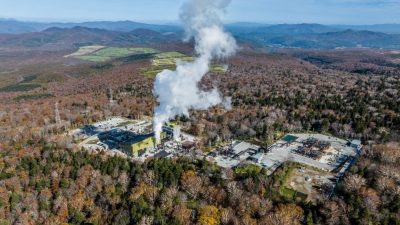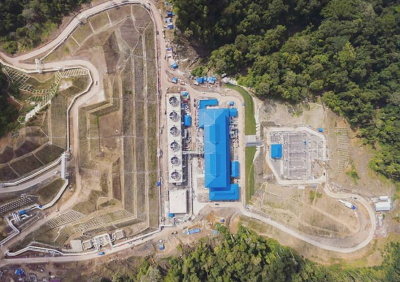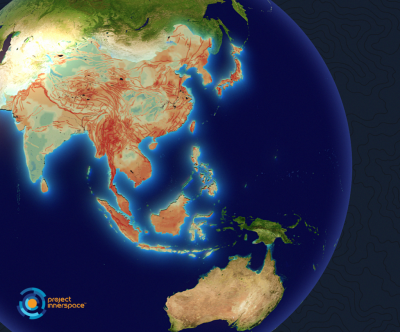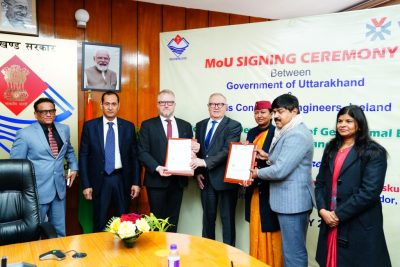Japans challenges to replace nuclear power and small scale geothermal
Japan continues to struggle with electricity shortages based partly on incompatible grid systems, but the new feed-in-tariff to come in April and new legislation on development will help companies like Hot Earth Enterprise to build much needed geothermal power plants.
There have been numerous articles on the nuclear disaster in Japan and the opportunities geothermal energy would provide to Japans electricity market.
There are various efforts to help overcome several hurdles to development, among others the drive to allow drilling beneath national parks in Japan, where most of the larger geothermal resources of the country can be found and the Feed-in-tariff system to get started this April.
But with the upcoming summer electricity shortages will be felt in Tokyo and other regions of Japan. Many companies are actually buying generators to be prepared should there be blackouts and all kinds of power-saving aire conditioners, TVs, computer and appliances are in big demand.
But there remains one big challenge, there are two different electrical frequencies, “flowing from two incompatible power-grid systems: 60 Hx in the southwestern half (from about Nagoya down to Kyushu) and 50 Hz in the northeastern half (the other side of Mount Fuji from Shizuoka to Hokkaido, including Tokyo).”
So conventional wisdom says that a national, single-standard grid system, in tandem with more renewable energy generation, would help Japan to cover missing electricity generation capacity.
There is though the issue of the monopoly businesses of Japan’s 10 major utilities, there simply seems to be no will to cooperate.
Tom Giuffre, principle and managing director of Hot Earth Enterprise, a geothermal start-up in Japan, says that “small, independent power producers haven´t been able to come into the market until very recently.”
The new feed-in-tariff system will improve this and create an actual working market place, as it will oblige utility companies to buy all the power generated through renewable sources connected to a grid at a fixed, premium rates.
There are several companies now lining up to do projects. The geothermal system of Hot Earth Enterprise is one example.
In the past there has been opposition to geothermal development in Japan based on the fear they could deplete hot springs and ruin spa-related tourism.
“Hot Earth Enterprise is designing geothermal technology that works with the spa, or onsen, owners. Compact and portable, the company’s units, made in the U.S., are miniatures of the massive borehole projects that require years of development and millions of investment dollars to build. They are designed to be used at existing hot-spring resorts to reuse the facilities’ “throwaway” heat to generate power for the local communities. “We calculated that we could roll out in the [disaster-struck] Tohoku region 50 MW of power probably in about three years,” says Giuffre. “We could do it in half the time and probably at one-third or one-fourth the cost [of the big projects].”
Source: Time









